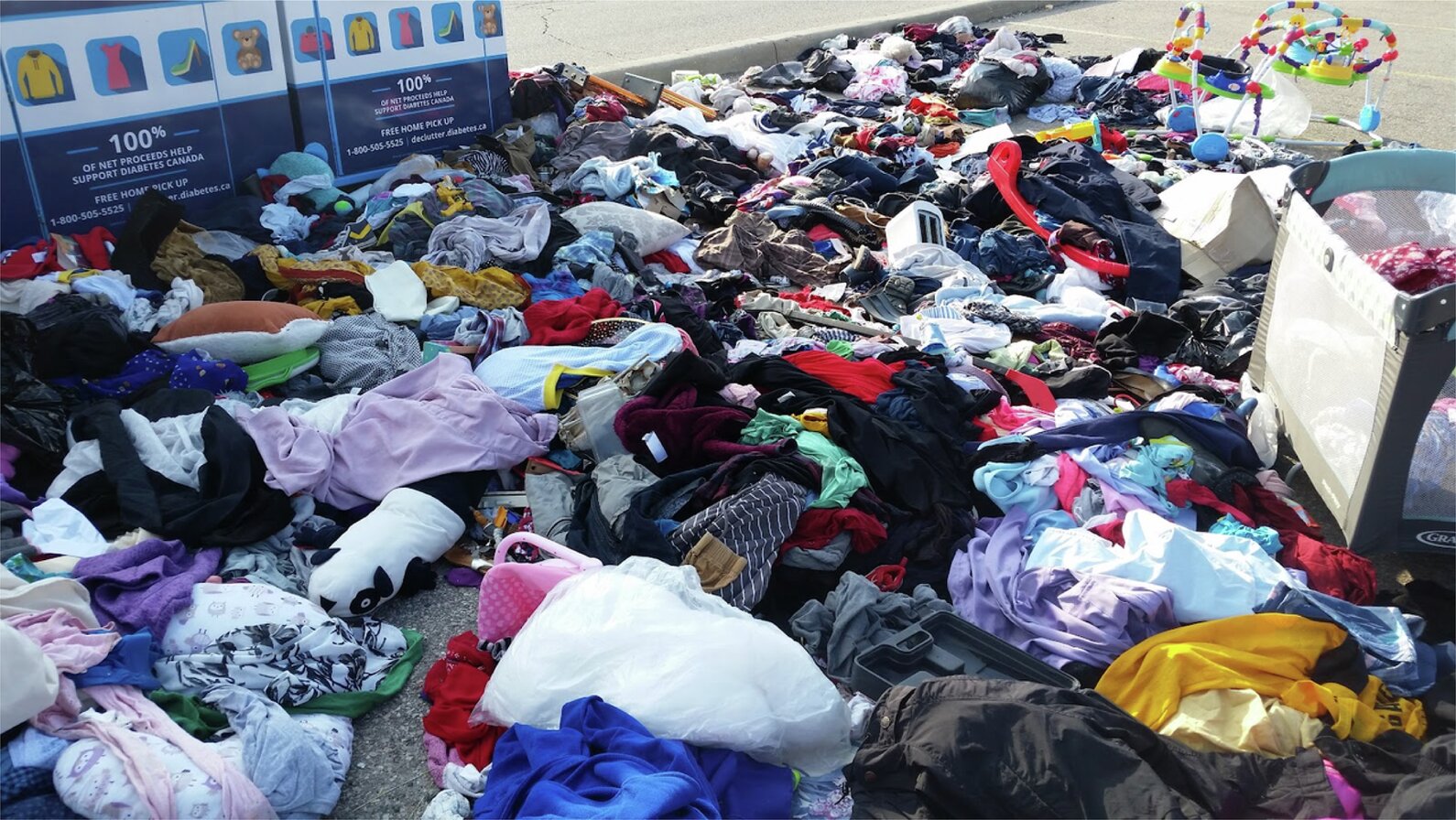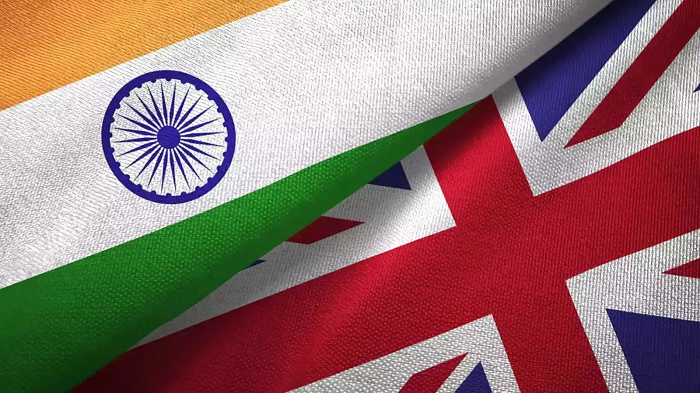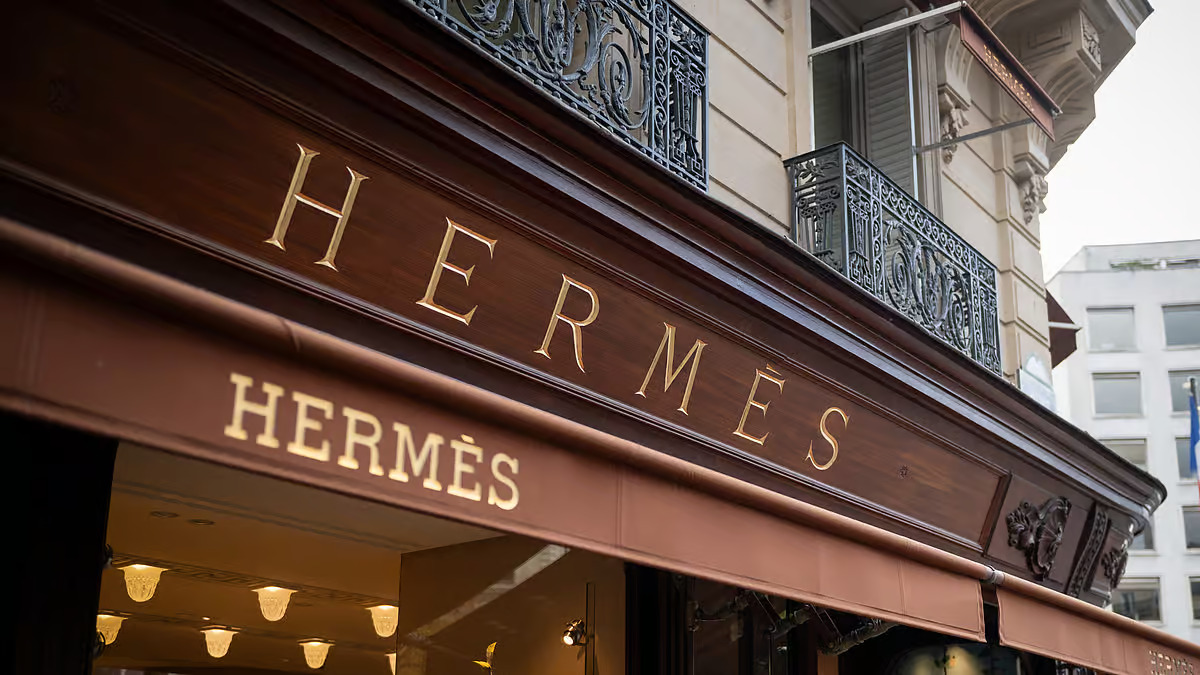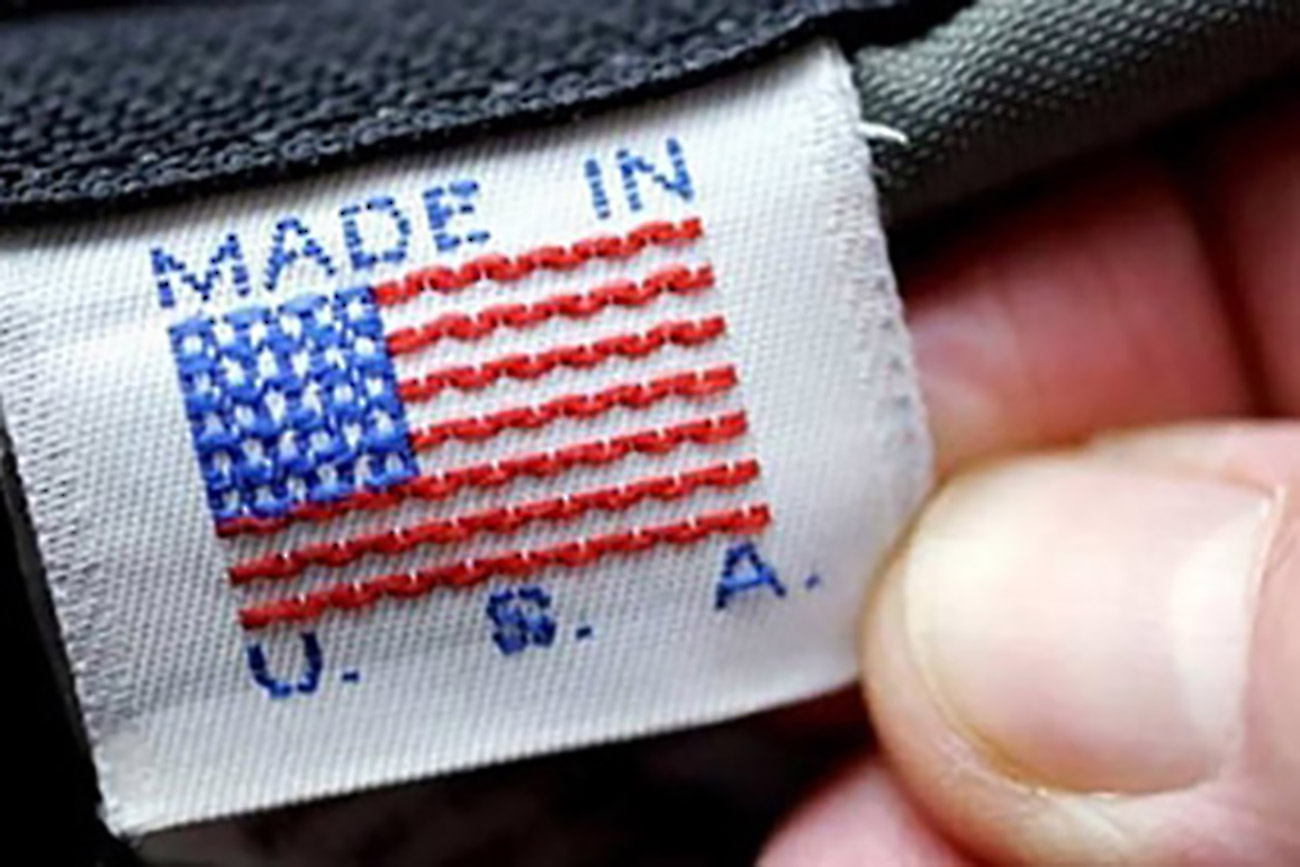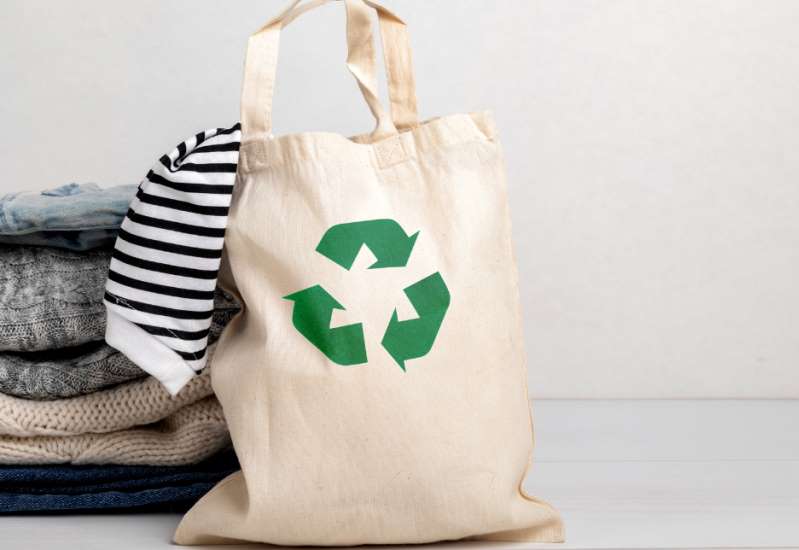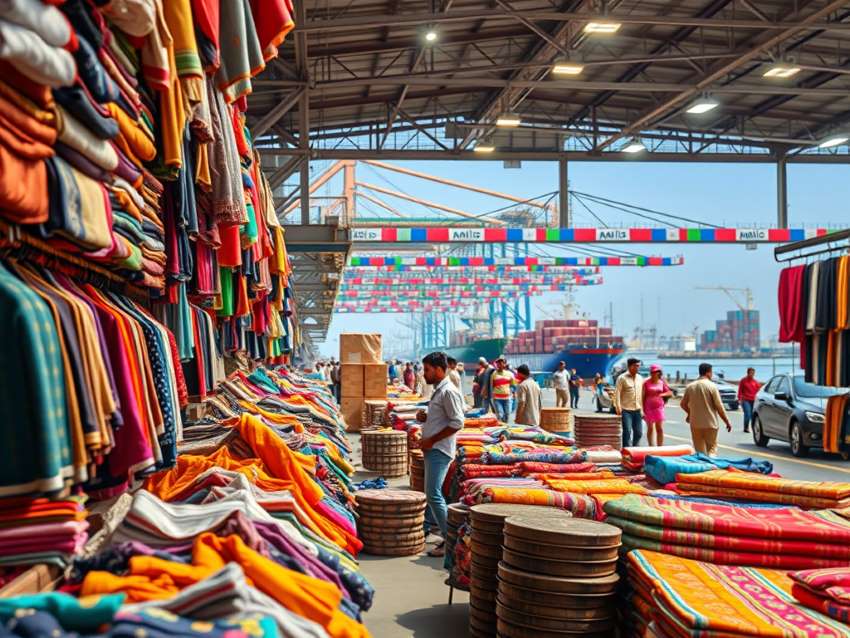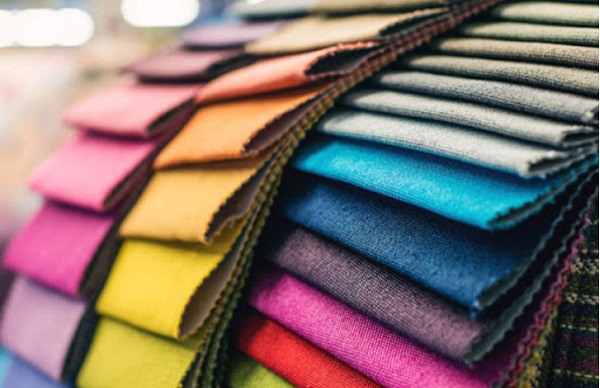
Pre-industrial revolution that swept the West in the early 19th century, India was the undisputed hub of textiles. However, since then, inch by inch India found itself edged out, first by the mills of Manchester and later in the modern day context, from RMG manufacturing hubs like China, Bangladesh and Vietnam.
Tiruppur shows the way
However, tucked away in Tamil Nadu’s fifth largest city Tiruppur is an industry that can serve as a role model for India to reclaim its crown. Tiruppur contributes about 90 per cent of knitwear exports from India. In 37 years, this city has just kept it going with a huge growth rate of 23 per cent annually – from a mere Rs 15 crore export to Rs 30,000 crores in 2021.
Today, Tiruppur exports cotton and cotton-blend T-shirts, dresses, sweatshirts, and other knitted clothes to the US, Europe, Australia and Canada. According to Tiruppur Exporters’ Association President Raja M Shanmugham, out of India’s total FY22 exports of around $480 billion, Tiruppur alone accounted for a 1.07 per cent share.
Mega textile parks the way forward
Tiruppur has inspired the Indian government to study its success story to replicate it across key areas within the country. In October 2021, the Union cabinet cleared a Rs 4,445 crore scheme to build seven mega textile parks over five years seeking to boost manufacturing and jobs. The central government and partnering states will take on board developers who will bring in other investors to set up production units. The developers will get long-term lease of the park with real estate development rights but it will be their responsibility to bring in investors to set up the units. The lease would initially be for 25 years, which could be extended by another 25 years. The master developer will develop the park and maintain it during the concession period.
As per textile secretary Upendra Prasad Singh under the ‘Prime Minister’s Mega Integrated Textile Region and Apparel’ (PM Mitra) scheme, special purpose vehicles (SPVs) will be set up with 49 per cent central government stake and 51per cent holding by the respective states. As per the plan, all seven parks are expected to generate approximately 100,000 direct and 200,000 indirect jobs. Viability gap funding up to 30 per cent will be made available for greenfield projects. Brownfield will be supported with 30 per cent of remaining costs up to Rs 200 crores. With this mega initiative, the government is serious about catapulting India back to where it belongs.
Tamil Nadu, Punjab, Odisha, Andhra Pradesh, Gujarat, Rajasthan, Assam, Karnataka, Madhya Pradesh and Telangana are the first 10 states that have responded to this initiative, presenting their viability indices for review and subsequent selection.
The mega parks are India’s way of climbing back to pole position and these parks are to be designed to bridge the gap where India falls short in the MMF sector of the industry. Whilst MMF contributes to anywhere between 60-65 per cent of global trade, India’s contribution compared to China is quite small. These parks will fulfill the role with focus on MMF production. With the parks expected to go operational in a few years, here’s hoping they will make India great again, textile-wise.

